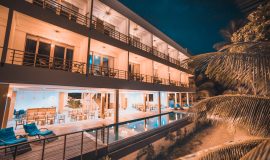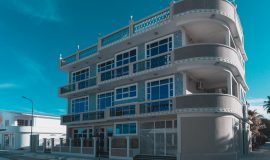
About Maldives
The Maldives is a small, and low-lying archipelago home to some 1,190 islands sitting astride the equator in a genuinely mesmerizing array.
Located in the Indian Ocean west of the Indian subcontinent, these littoral and submarine islands are famous for its blindingly white sandy beaches, abundant marine life, kaleidoscopic underwater beauty, and consistently warm climate.
As expected from a country blessed with such a graceful constellation of arresting beauty, clement weather conditions, and every hue, tint, tone, and shade of blue and green imaginable, the Maldives—following a concept of "enclave tourism", where tourist establishments were allowed on clearly demarcated, selfcontained resorts—has been welcoming visitors to come and enjoy a modicum of paradise since 1972.
This concept, albeit instrumental in branding Maldives a high-end destination catering to the exclusive upmarket traveler base, meant that the cost of staying at any of the resorts in the Maldives could be exorbitantly high—which is very often, more than most travelers can shell out for a holiday. This "one-islandone-resort" concept also meant that any visitors who are keen to interact with the locals and experience the local Maldivian life were missing out and missing out in a big way.
Then, in 2010, the government relaxed its restrictive rule to allow tourist establishments on all its 188 inhabited islands spread all across the country in geographically dispersed locales. Most of the islands—in fact, 70 percent of the islands—has a population less than 1,000 people as almost a third of Maldivian population of ~512,000 lives and works in the capital, Male' City.
The low population density in the islands meant that they were virtually unspoiled and ripe for tourist establishments to be built in locals’ midst, enabling the budget travelers and backpackers to stay and experience the local way of life with just a fraction of what it costs to stay in a tourist resort.
Today, the Maldives is experiencing a new wave of local, cultural, and ecotourism. There’s a burgeoning guesthouse industry all over the country, and the ancillary and complementary businesses which came into existence because of it is creating a positive spillover effect in the local economy. All these sudden economic stimuli have brought about a transformative result on the livelihoods and prospects of the islands and island folks.
As of July 2018, the Maldives has in its inventory of tourist establishments 148 safari vessels, 494 guesthouses, 12 hotels, and 127 resorts/marinas in operation with a total bed capacity of ~41,534.
Now then, dear reader: where else would you rather be?Sports and Activities
- Jet Ski
- Parasailing
- Windsurfing
- Kayaking
- Banana Boat
- Football
- Tennis
- Badminton
- Volleyball
Culture
Culture of the Maldives is a rich blend of African, Arab and South East Asian, evolved from that of the seafarers crossing the Indian Ocean. One such example is the traditional rhythmic music and dancing, locally known as Bodu Beru, which demonstrates the African influence in Maldivian traditions to this very day. Additional to its folk music and dances, the Maldives is also famous for its exquisite products such as woven mats and lacquer work. Craftsmanship of the citizens are also visible from the creative tombstones and mosques, found in every inhibited island of the country. Official language of the country is Dhivehi, which falls under Indo-Indian group of language. While the roots of Dhivehi are from Sanskrit, it is heavily influenced by Arabic and English. During 16th century, Maldivians invented the script of Thaana, which consists of 24 letters and is written from right to left.
History
This island nation was inhabited as early as 1500 BC as per archeological findings and the first settlers are believed to be Aryans immigrants. The country was ruled by women before the islanders officially accepted Islam as a religion and left their Buddhist beliefs and principles in 1153-54. During these early years, the country was known as ‘Money Isles’ among the travelers in the respective maritime routes due to the abundance of cowrie shells in the islands, which were widely used as a currency throughout Asia and parts of East African coast. For a 15-year period (1558-1573), Maldives was a part of Portuguese Empire, before being overthrown during a revolt organized by the national hero, Mohamed Thakurufaan. This victory is now commemorated as the National Day. The country was later declared as a Protectorate of Great Britain from 1887-1965, before gaining independence on 26th July 1965. Since then, the country has witnessed presidency of 7 leaders, and a steady economic performance. Today, Maldives is also a leading nation in advocating for the rights of small island nations and creating awareness about the impact of climate change and rising sea levels.
People
People of the Maldives are famous for their friendliness and warm, welcoming disposition. This population of almost 400,000 share the same religion, language and cultural heritage. The close-knit island communities are a splendid example of tradition and modernity intertwined, paving way to prosperity with open access to education and latest technology. Along with the men, women play a major role in the development of the nation, including social, political and economic affairs. Maldivians keep religion and spirituality close to their hearts. The respect they have for each other is extended to every foreigner visiting the country.

Abuharee Grand
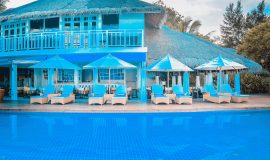
Amaya Resorts and Spas – Kuda Rah Kuda Rah Alifu Dhaalu Atoll
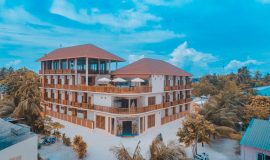
Araamu Holidays & Spa Dhiffushi Kaafu Atoll
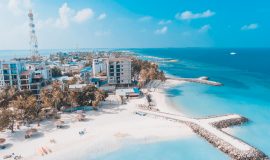
Arena Beach Hotel Maafushi Kaafu Atoll
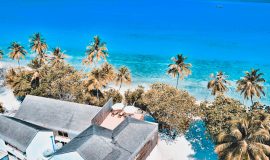
Athiri Beach Dhigurah Alifu Dhaalu Atoll
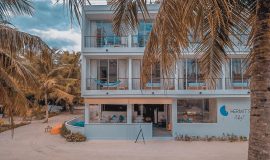
Bliss Dhigurah Dhigurah Alifu Dhaalu Atoll
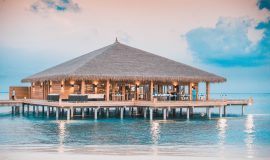
Cocoon Maldives Lhaviyani Atoll
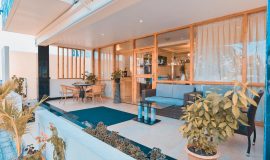
Crystal Beach Inn Hulhumale Kaafu Atoll
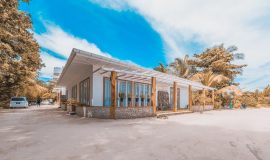
Dhigurah Retreat Beach Dhigurah Alifu Dhaalu Atoll
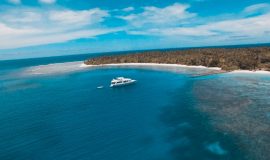
Dhinasha LiveaboardMale' Kaafu Atoll
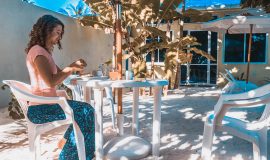
Feridhoo Inn Feridhoo Alifu Alifu Atoll
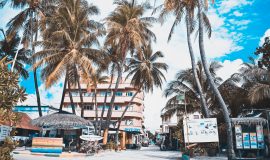
Holikan Beach Maafushi Maafushi Kaafu Atoll
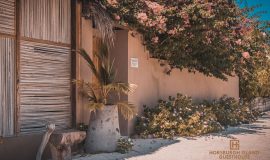
Horsburgh Island Guest House Goidhoo Baa Atoll
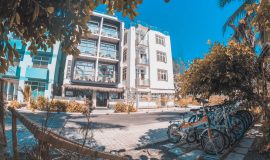
Hotel Ocean Grand Hulhumale Kaafu Atoll
